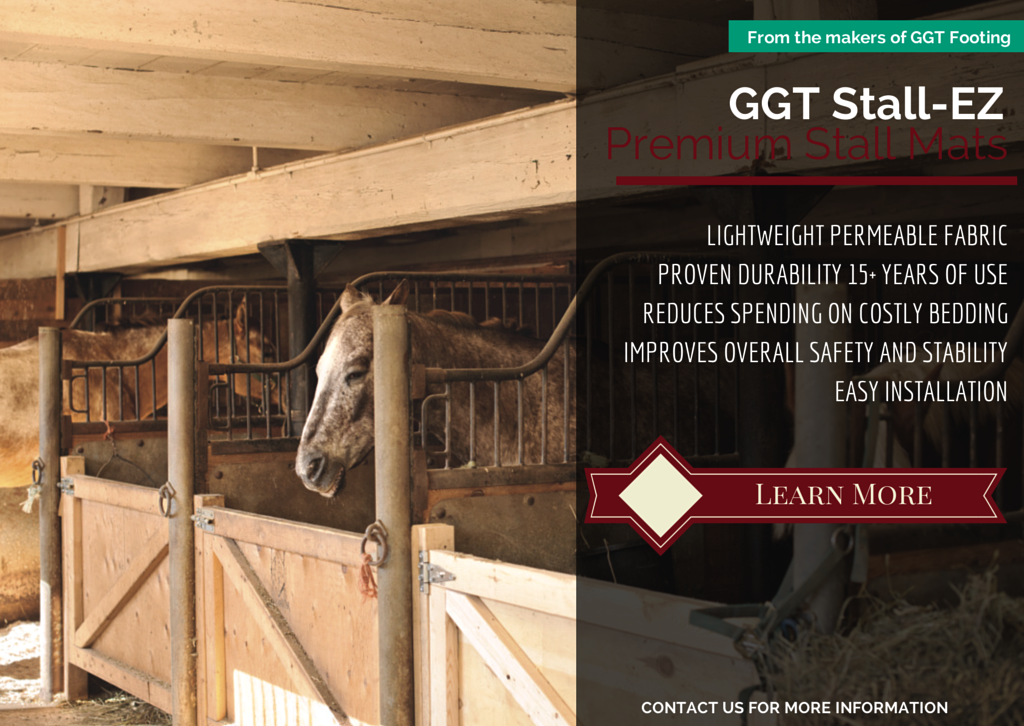Saddles come in a bewildering array of types and sizes. When selecting a saddle, the first thing to consider is what are you going to be doing with the saddle? If you're going to be participating in a particular sport, obviously you should start by selecting a sport-specific type of saddle- a jumping saddle, a barrel racing saddle, an endurance saddle. If you're not sure or plan to do a lot of different activities, a basic all-purpose English or Western saddle is the place to the start.
Seat Size
The seat size refers to the size of the rider. To measure seat size, sit in a chair with the feet touching the ground and knees at a 45 degree angle. Make sure the buttocks are pressed against the back of the chair. Measure the distance from the knees to the back of the buttocks. If this measurement is less than 16.5", you take an English saddle seat size of 15"; 16.5 to 18.5", a 16"; 18.5 to 20", a 16.5"; 20 to 21.5", a 17"; 21.5 to 23", a 17.5"; and larger, an 18". For a Western saddle, calculate the English seat size and subtract 2".
In addition to seat size, consider the twist of the saddle. A narrow-twist saddle has a very narrow seat width, while a wide-twist saddle is the opposite. In general men prefer narrow twists and women prefer wide twists, but there is a lot of variation in individual body shape. The best way to select a comfortable saddle for the rider is to visit a tack store and sit in a lot of different saddles until you find one that feels like it fits naturally to your body shape.
Gullet Size
The gullet size is a rough estimate of the width of the horse's body. English saddles are measured in narrow, medium and wide trees. Western saddles are measured in a variety of ways- sometimes they are called narrow, medium, wide; other times they are called regular bars (narrow), semi-Quarter horse bars (medium), full-Quarter horse bars (wide), and Arab bars (wide to extra wide, with a flatter pitch).
When a saddle of the correct width is placed on the horse's back, there should be about two inches clearance between the horse's withers and the underside of the pommel. The seat of the saddle should be level. A too-wide tree will lie down on the horse's withers and tip the seat forward; a too-narrow tree will perch up on the horse's withers and tip the seat backwards. Too-wide trees can, if necessary, be padded to lift the saddle off the horse's withers but too-narrow trees pinch the horse's shoulders and should never be used.

Sweat Pattern
Once a saddle that appears to fit both the horse and rider has been identified, the next test is to ride in it. Place a thin, clean, white saddle pad underneath the saddle. Ride the horse long enough and hard enough to get the horse to sweat- this will also allow the rider a chance to determine if the saddle is, indeed, comfortable to sit on.
Remove the saddle and observe the sweat pattern on the horse's back. It should be even and uniform. Dry areas may indicate bridging of the saddle. Look on the underside of the saddle pad. The dirt/sweat pattern should also be quite uniform. Clean areas or excessively dirty areas may indicate bridging or rocking of the saddle.
Trial and Error
Like riders, horses come in a wide variety of different body shapes. Finding a saddle that fits both the horse and rider well can require a lot of trial and error- each brand and model will vary in minor details that can significantly affect the comfort of both the horse and rider. Some tack stores have experts on staff that can view pictures of a horse's back and suggest a few models to try out.
When in doubt, have a professional saddle fitter come evaluate the saddle fit. English saddles can be re-flocked by fitters to correct for minor fit problems; Western saddles can be padded differently to correct for minor fit problems. Major fit problems such as tree width and shape cannot be corrected other than by selecting a different saddle.
Once you've selected the right saddle, you'll need a surface to ride on. If you are planning on building an arena or fixing up an old arena, don't hesitate to contact us for advice and an estimate.


